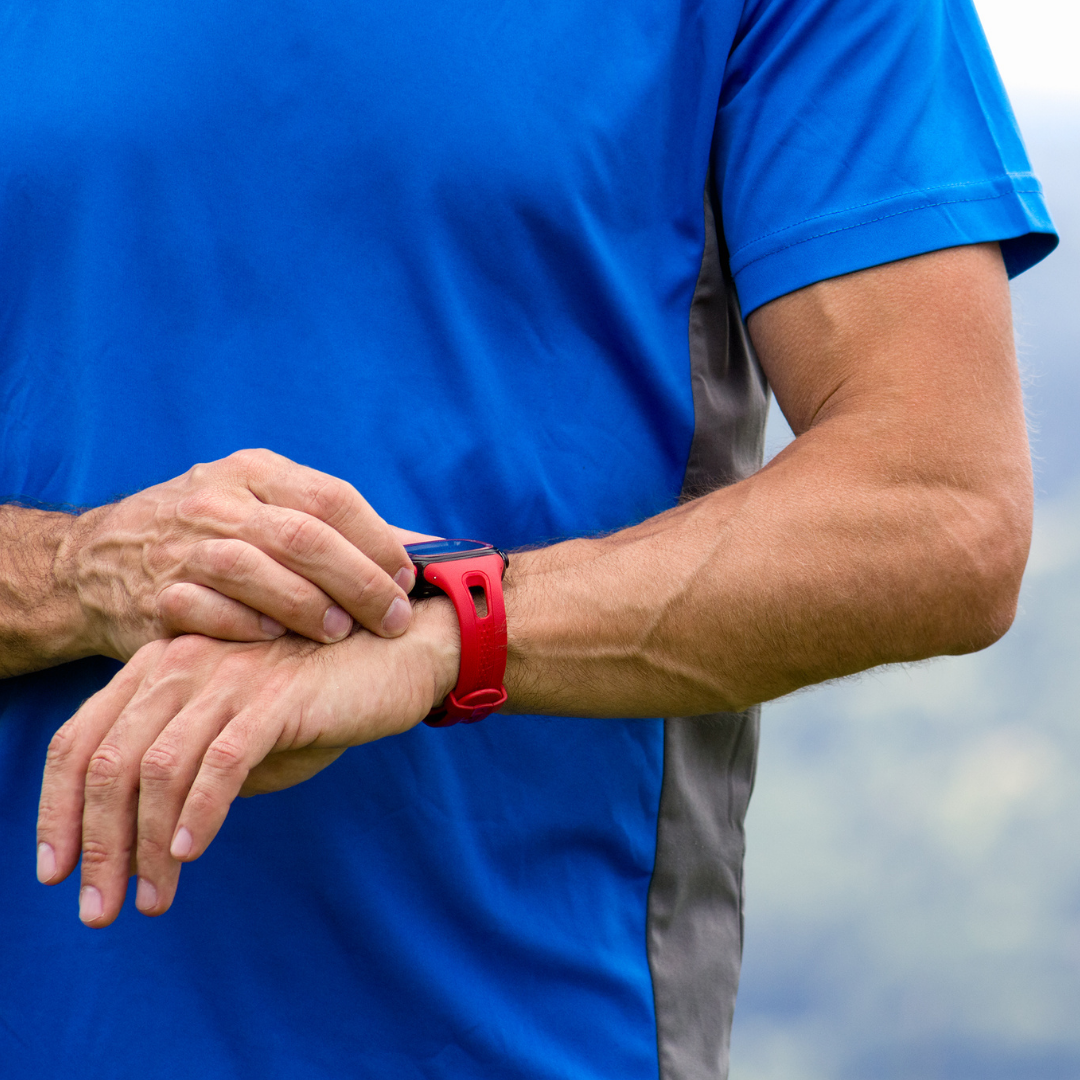You could ask any runner, and they will be able to tell you how many kilometres they run in a week. A footballer could tell you how many sessions they put in and for how long. A dancer will reel off how long they rehearse for.
All of these load metrics are part of what is called ‘external load.’ How much training someone does is an important metric to monitor... but It’s only half the story.
Improving your physical capacity, no matter what component (strength, aerobic fitness, endurance, power), boils down to two things:
- How hard and how often you train
- How you recover from your training sessions
External load metrics will tell you how much stress you are putting into your/your athlete’s system. Whilst this is important to quantify, it doesn't tell you how much physiological stress was placed on the athlete, and how the athlete's body responded to that stress.
Many experts in the field believe that it is even more important to measure, quantitatively and qualitatively, what effect the training is having on the athlete physically and psychologically... This is where internal load comes in.
Internal load is the “relative biological stressors imposed on an athlete during training and competition”. Internal Load provides an insight into how you or your athlete’s body is coping with the stress imposed on the during a training session. It can provide insights about
- If the training is appropriately prescribed to elicit the desired outcome
- If the athlete is showing signs of overtraining or burnout
- specifically which training adaptations are occurring within the athlete
Examples of Internal load metrics are things like:
- Rate of Perceived Exertion – “How hard was that exercise/run/training session out of 10?”
- Heart Rate Data – This gives an understanding of how hard the body had to work to produce the energy to execute the game/session or performance.
- VO2 Data – This can be calculated on many GPS watches now.
So how do you start measuring internal load?
Start basic – Rate how hard your training session is expected to be out of 10. 0 being at rest, 3 being moderately hard, 5 being hard and 10 being the hardest thing you have ever done. Then once you have performed the session, assess how hard that session was. This will help with training design and give an insight into if you were recovered and ready to go for this session.
It seems too simple, but research shows that RPE monitoring can help to identify injury risk and overtraining. Helping you prevent your injuries before they occur! That's better than rehab!!
Want to get more fancy? - Get a GPS watch and a Heart Rate Monitor
The future is here!!! GPS watches are fairly affordable these days and they do it all for you! Watches now measure heart rate, training effect, VO2 max, sleep quality etc.. the metrics are endless. the key ones I focus on are VO2 max results and heart rate data. Heart rate data gives a nice indication of intensity, and will tell you if you're working in the energy system the session was aimed at.
Energy systems... we chat about that more another time. Confused? Come on in and see us. Book an appointment online here... We'd love to help


